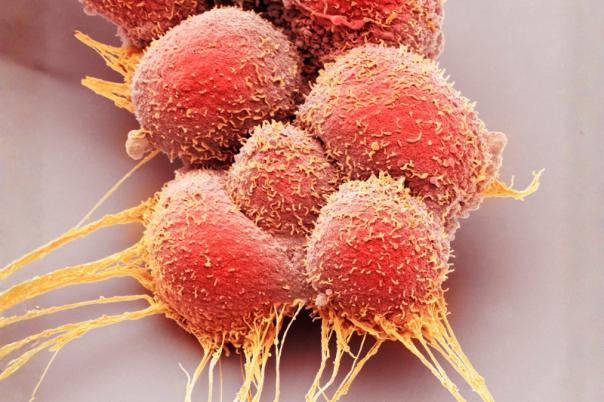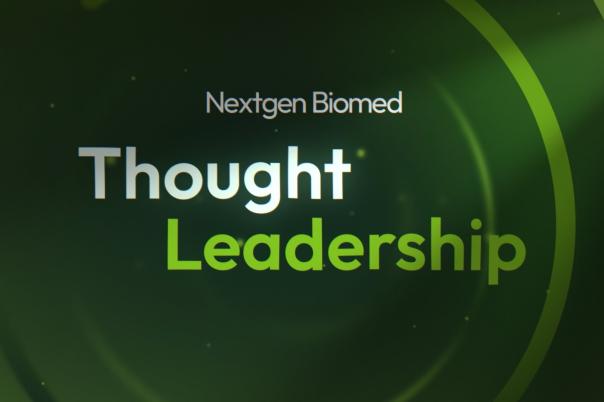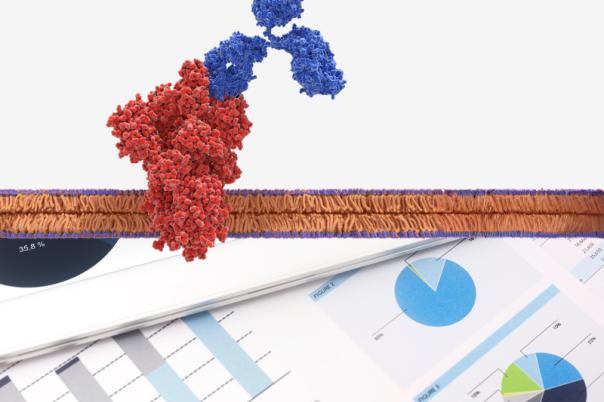This presentation addresses the instruments used in manufacturing, strategies for cost reduction in the manufacturing process, and measures to mitigate potential complications, such as material sample contamination. Sergey Piletsky, Professor & Head of Biotechnology Group at the University of Leicester, discusses how, especially when pursuing continuous manufacturing, having the right analytical techniques is critical for achieving these goals.
First, Piletsky gave an overview of the existing analytical technologies available. Chromatography methods like HPLC and mass spec are workhorses for many people in the industry but only useful for offline and not online monitoring. Then, mass spectrometry, spectroscopy, flow cytometry, PCR, and various other sensors are available, each with specific applications and limitations.
For chemical sensors specifically, substances like glucose or lactate, they need to be sterile, regardless of whether they are for single or continuous use. Piletsky also noted the need for these sensors to be robust: to be cost effective they need to be able to be used continuously while not changing their working parameters. Furthermore, these sensors need quick to respond, and adaptable to different conditions without contaminating the process.
In an effort to create a generic, flexible, and reliable sensor which can be optimised in a matter of months rather than years, the Leicester team have developed Molecularly Imprinted Polymers (MIPs). MIPs are synthetic polymers that can be tailored to bind specific targets, offering an alternative to antibodies and aptamers with advantages like stability and specificity.
Starting with a target compound, computational approaches are used to identify suitable monomers to form synthetic polymers around that target. They use a solid-phase synthesis method to create nanoparticles with high specificity. MIPs can be produced on a large scale using automated reactors, making them suitable for industrial applications.
MIPs can be used in various applications, including diagnostics, separation, and as sensors for monitoring different analytes with high sensitivity. The technology is close to industrial application, and Piletsky said they are seeking collaboration with industry partners to explore market needs and applications.





